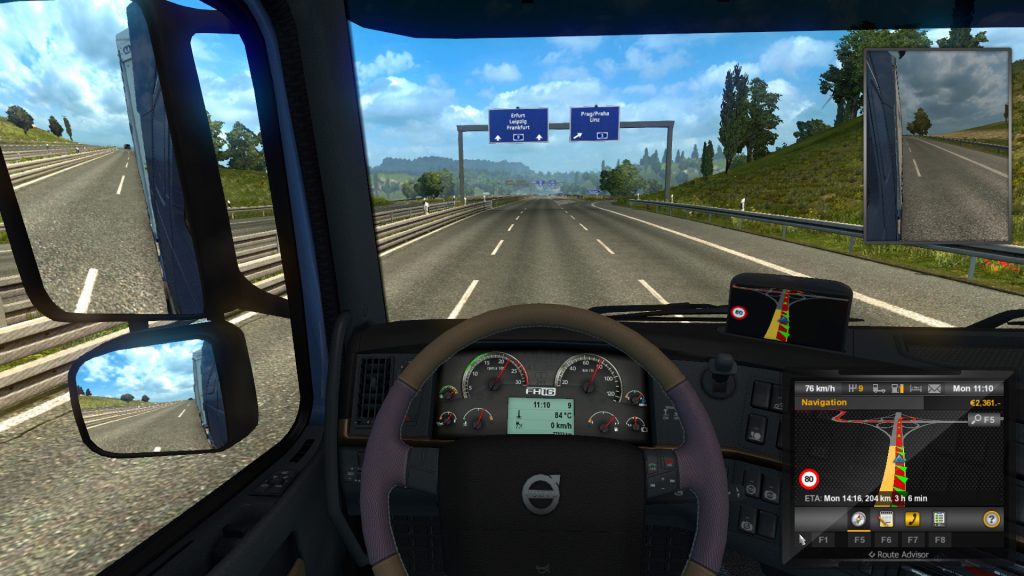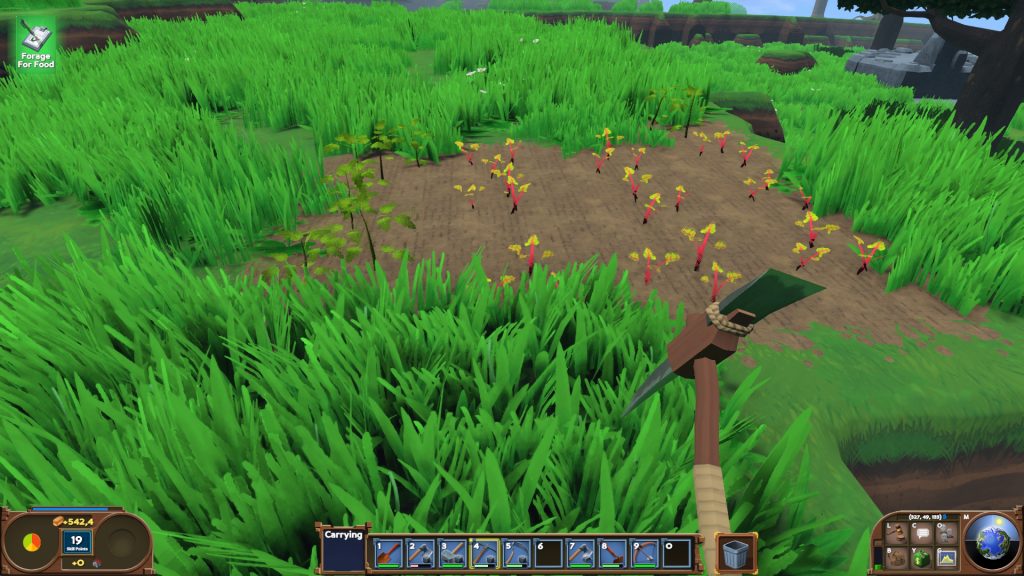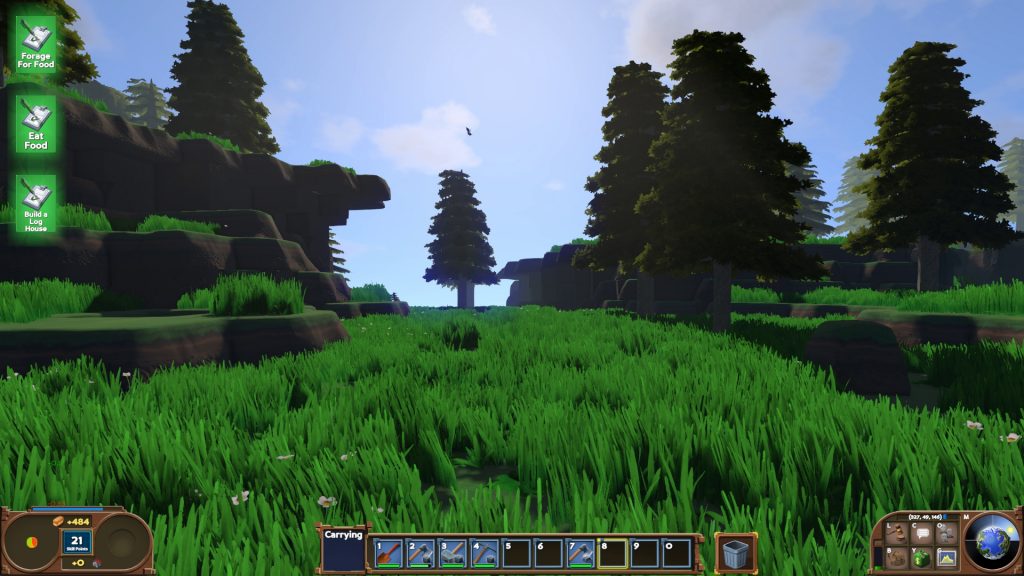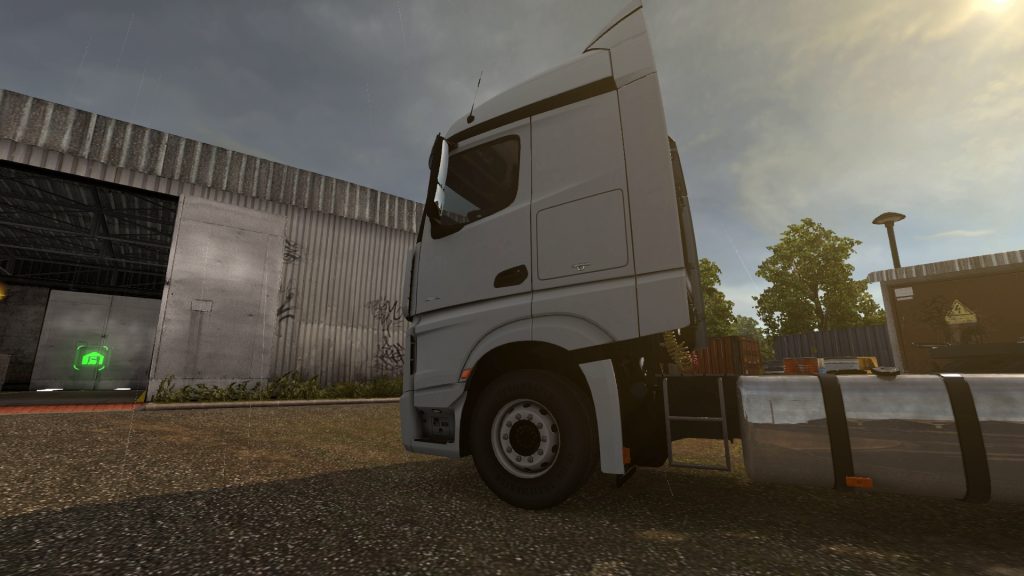More than 20 years later …
During my ongoing literature review I often discover interesting facts about things I’ve never thought about. Sometimes I can connect these facts with my own observations: The result is mostly a completely new idea why things are as they are. Maybe these ideas are new to you, too. Therefore I’ll share my new science based knowledge with you!
This week: This time, I think about the technological differences of a 22-year computer game. The graphics look old, but the gameplay itself can still be successful today.
Currently, I am watching a Tomb Raider (1996) Let’s Play. It brings back great memories of playing this game back in the days and being totally amazed by the game’s atmosphere. Everything seemed so realistic and novel to other games I played at this time. Thus, I always was highly immersed in the gameplay and kept it in a very good memory.
Now, more than 20 years later, the game looks quite old in comparison to current state-of-the-art games. Of course, this is not a surprise. One can easily spot design decision that most likely were made to achieve a higher performance or simply were not possible back in the days. Amongst other things, the view distance was limited, 3D objects were represented with 2D graphics that always face towards the player, and the entire virtual environment looks relatively simple.
Despite those graphical and performance related limitations, the gameplay itself would still work very well today. Most game mechanics are still used these days in similar action-adventure games challenging a player with puzzles and short fights. Exploring environments full of traps, solving puzzles by finding objects as well as activating devices, and discovering hidden secrets. As a result, by just watching the videos, I got immersed in the gameplay and forgot about the visual limitations, again.
Realizing this was a very interesting observation to me. It is another example for the change in the perceived realism of state-of-the-art technologies. We always experience current technologies as very exciting and realistic and rarely recognize the change. The technological advancements are a procedural process. However, when suddenly looking back into the past, we suddenly recognize how much things have changed.
I’m excited to see what will be possible in 22 years from now on!



